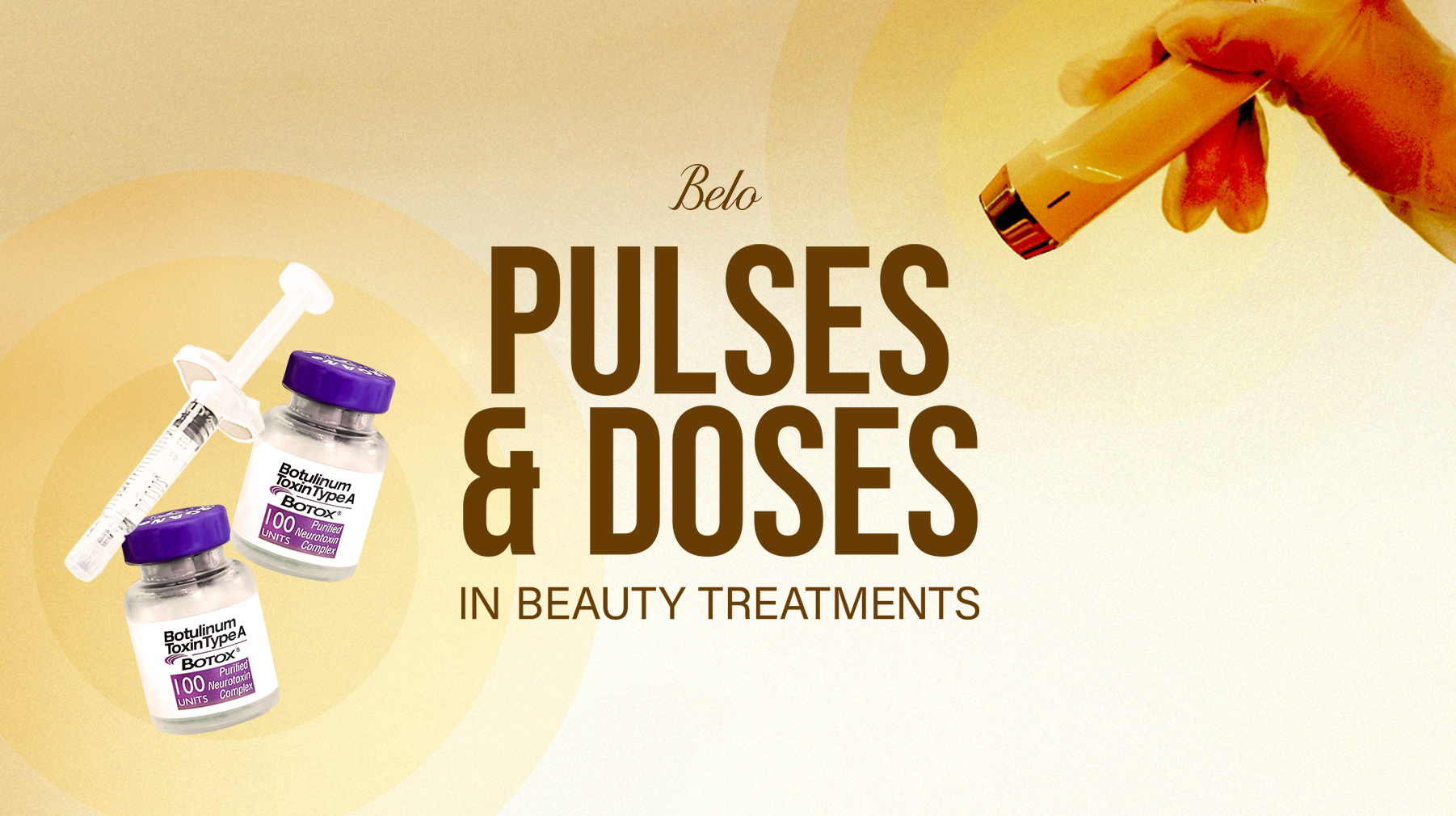Ulthera vs. Ulthera Prime: Which Skin Tightening Treatment Is Right for You?
April 7, 2025

When it comes to advanced aesthetic treatments, “pulses” or “passes” refer to targeted bursts of energy that is key to delivering effective and lasting results. From pulse laser treatments to intense pulsed light (IPL) therapy, these pulses are essential in improving skin texture, tone, and elasticity. But how exactly do they work?
Pulses are controlled bursts of energy delivered through aesthetic devices during a treatment. These can take the form of light pulses (such as intense pulsed light or IPL), radiofrequency (RF) energy, or ultrasound waves, depending on the treatment. Doctors calibrate the number of and intensity of pulses to safely target skin concerns like wrinkles, pigmentation, skin laxity, and acne scars while preserving healthy tissue.
More pulses don’t always mean better results. It’s a common myth that higher pulse counts automatically improve outcomes but too many pulses can actually irritate the skin or cause burns, hyperpigmentation, and longer downtime. At Belo, our expert doctors carefully adjust each patient’s pulse dose to ensure maximum results without side effects.
Pulse-based treatments follow research-backed protocols to ensure safety, efficacy, and consistency. Ignoring these guidelines—whether by requesting extra pulses or reducing them—can compromise the final outcome. Trusting your doctor ensures your skin receives the precise amount of energy required for rejuvenation, firming, or resurfacing.
Too few pulses can be just as problematic as too many. Under-treatment often leads to results that fade quickly or worse, no visible improvement at all. “Giving too little or too much can result in minimal or even harmful outcomes,” explains Dr. JP Jalandoni, Associate Physician at Belo Greenbelt. A doctor’s consultation ensures you get the right dose for long-lasting, visible results.
Each non-invasive aesthetic procedure has its own recommended pulse count and energy settings. Some examples include:
Skin type matters when it comes to pulse-based treatments.
In non-surgical skin treatments, the right pulse count can make or break your results. Whether you’re considering RF tightening, IPL, or laser resurfacing, proper pulse calibration ensures safety, faster recovery, and longer-lasting improvements.
Ready to discover what’s right for your skin? Book a consultation with a Belo expert and take the first step toward your glow-up.